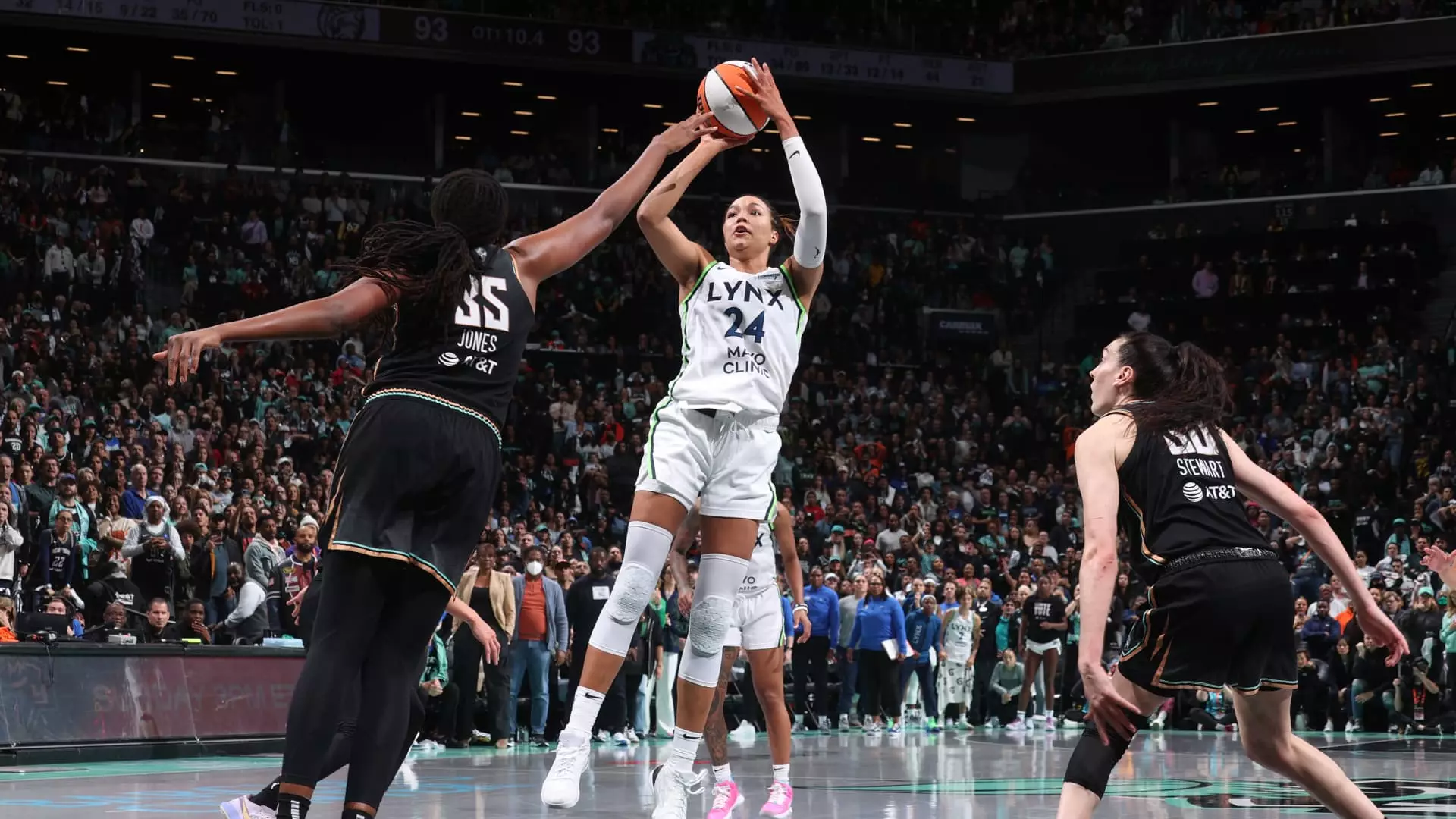The Women’s National Basketball Association (WNBA) is poised for transformation as it embraces significant changes that promise to elevate the league’s stature among sports fans. With the announcement of extending the regular season and the Finals series, 2025 stands to be a landmark year for women’s basketball in the United States. This article delves into the implications of these changes, the league’s burgeoning popularity, and the challenges that come with this rapid growth.
One of the most noteworthy updates for the upcoming season will be the increase in regular-season games from 40 to 44. This change is not merely an administrative adjustment; it is a bold declaration of the league’s commitment to enhancing the fan experience while ensuring athletes showcase their talents more frequently. The addition of four games can lead to a more competitive environment, as teams will have additional opportunities to hone their skills, develop team chemistry, and strategically prepare for playoff appearances.
The Finals are similarly expanding from a five-game series to seven games, adopting a 2-2-1-1-1 home game format, which provides an engaging stage for showcasing the top-tier talent in women’s basketball. This shift aims to heighten fan engagement as the stakes become increasingly intense. The distribution of home games allowing the higher seed to host the opening games can create thrilling atmospheres, thus enhancing the spectacle that is championship basketball.
The WNBA is not only revamping its gameplay across the board, but it is also undergoing substantial geographic expansion. The introduction of the Golden State Valkyries as the league’s 13th team marks a significant step in building a more diverse fan base and expanding the market. Furthermore, with plans for two additional teams in Toronto and Portland slated to launch in 2026, the WNBA is solidifying its presence beyond traditional markets and into international interests, potentially transforming the league into a global phenomenon.
This expansion is supported by a recent media rights deal valued at $2.2 billion over 11 seasons, indicating that the business community recognizes the WNBA as a viable investment. Moreover, viewership and attendance metrics are hitting record levels, reflecting a growing appetite for women’s sports. The appeal of star players, both established realm holders like Breanna Stewart and emerging sensations such as Caitlin Clark and Angel Reese, is driving this surge in popularity.
However, with this remarkable growth comes challenges that the league must tackle head-on. Despite the increasing acclaim, reports of racism and online harassment against players have illuminated a darker side to the excitement surrounding the WNBA. Commissioner Cathy Engelbert’s responses to these issues have drawn criticism, highlighting the challenges of effectively addressing social issues while focusing on the league’s growth.
It is vital for Engelbert and the WNBA leadership to engage in providing a supportive atmosphere where players can speak out against discrimination without fear of backlash. The league’s commitment to fostering a respectful and inclusive environment must be communicated clearly and consistently.
The WNBA’s rising trajectory is reflective of a broader shift occurring in women’s sports leagues worldwide. As media executives and investors increasingly recognize the potential in women’s athletics, many other leagues are experiencing similar growth spurts. This infrastructure of investment, media presence, and audience engagement is likely to usher in enduring change across the sporting landscape, allowing women’s sports to take center stage.
As the Minnesota Lynx and New York Liberty compete in the current Finals series, the excitement surrounding the league stands as a testament to the WNBA’s bright future. With new teams, increased competition, and the opportunity to address systemic challenges, the WNBA is well-positioned to not only flourish but also redefine the narrative around women’s sports. The goals set forth for the league’s upcoming seasons could very well serve as a model for sports leagues across the globe, paving the way for an inclusive, competitive, and commercially viable future in women’s athletics.

